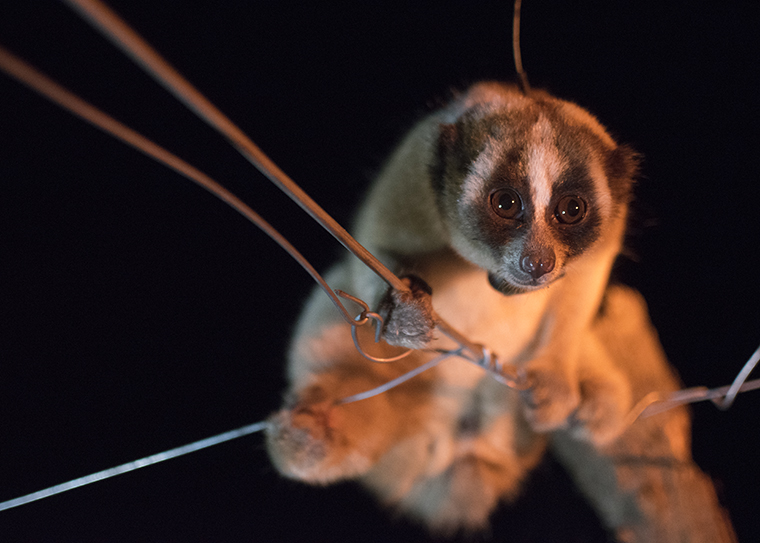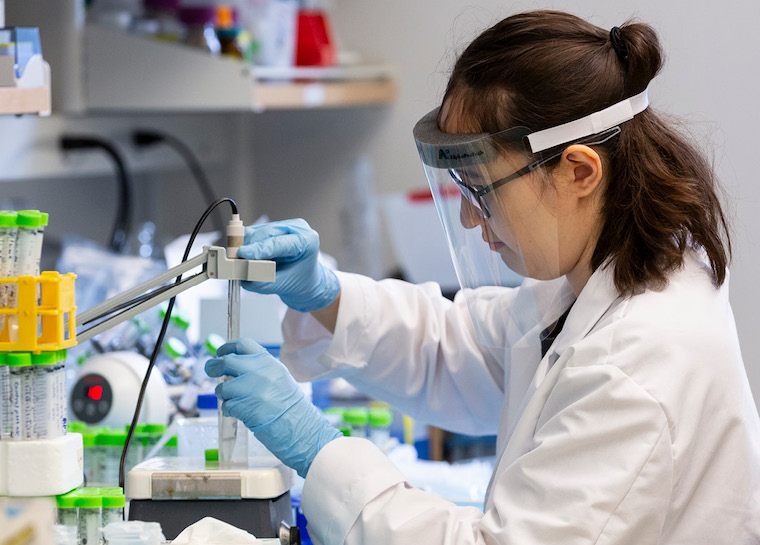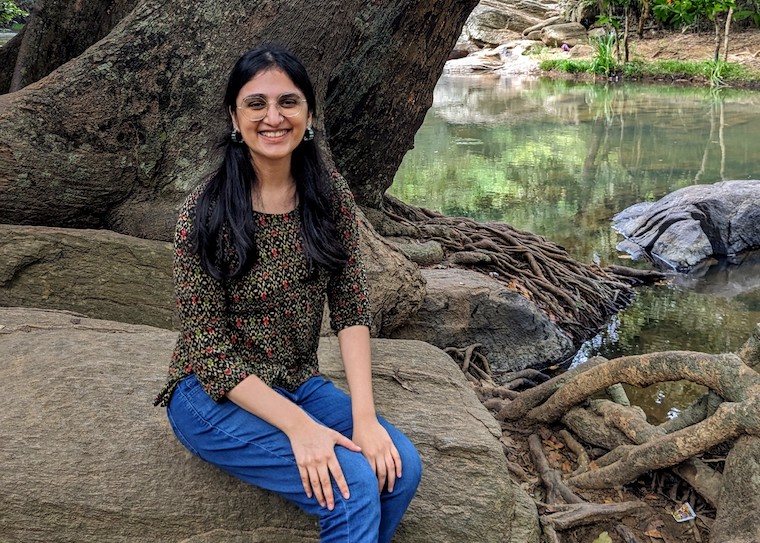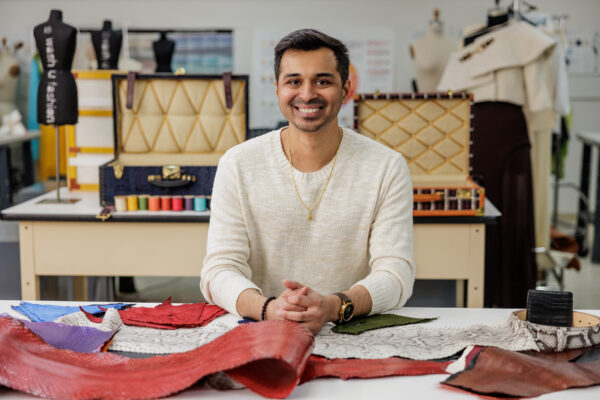Across all Washington University in St. Louis campuses, scores of researchers share a drive to understand the natural forces that shape our climate, health, culture and physical world. Many of them also share a commitment to training — and collaborating with — the next generation of environmental researchers.
“We have 117 faculty and research staff who are affiliated with Center for the Environment, and most of them have PhD students and other graduate students,” says Daniel Giammar, director of the Center for the Environment and the Walter E. Browne Professor of Environmental Engineering in the McKelvey School of Engineering. Giammar, who personally works with five graduate students, says students’ work can sometimes be overlooked outside of their own labs and departments.
“Graduate students are the research engine of the university,” he says. “They work tremendously hard, they’re incredibly creative, and none of our publications, certainly in my world, would happen without them.”
The Center for the Environment acts as an interdisciplinary hub, providing programming that brings graduate students and faculty into conversation. Every few months, the center also provides lunch and an opportunity for graduate students to come together to discuss a project or paper. “I think that’s really where we’ve added a tremendous value, by creating that community across the disciplines,” Giammar says. Graduate students also mentor undergraduates in an intensive summer research program offered by the center.
This spring, at the 2025 Environmental Research Symposium, some of the nearly 500 WashU graduate students working on environmental issues displayed posters about their current projects. Topics included the following: reducing the carbon footprint of MRI scanners; testing ventilation systems in a commercial kitchen; endangered bat habitats in Indiana; the impact of urbanization on St. Louis–area wildlife; the history of WashU’s Tyson Research Center; how light exposure contributes to colorectal cancer risk; and how humidity affects tiger mosquito survival.
A smaller group gave public lightning talks about their research. Read on for a few highlights from the presentations.
Helping endangered species navigate mosaic landscapes

Around the world, rapid deforestation threatens biodiversity. To understand the scale of the problem and pinpoint where interventions are needed, scientists need detailed images of the landscapes where animals are at risk.
“Satellite imagery is often used to monitor wildlife habitats,” says Leslie Annette Paige, a graduate student in biological anthropology in Arts & Sciences, “but even very high-resolution satellite imagery can struggle when we’re working in mosaic landscapes that vary on very small scales.” To overcome this limitation, Paige uses drones and other remote-sensing technologies to provide a clearer picture.
Instead of dense forest or open farmland, mosaic landscapes appear as a patchwork of trees, crops and other vegetation. This is the case in certain agricultural areas on the island of Java, home to the highly endangered Javan slow loris. This primate uses grasping hands to move through trees; it can’t walk on the ground. It can, however, traverse across a vining crop called labu, which grows on trellises.
“With my drone imagery over the habitat of the Javan slow loris, we’re able to distinguish different crop types available in the landscape,” Paige says. Using these detailed images, conservationists installed canopy bridges in specific areas where the lorises needed additional ways to get around. The bridges also contained irrigation equipment beneficial to local farmers. Paige is conducting related work in Madagascar with populations of lemurs.
The mobility of rare earth elements

“It’s difficult to imagine our lives without hard drives, data communication systems, MRI machines or hybrid cars. And all these applications have something in common. They contain rare earth elements, or REEs,” says Elmira Ramazanova, a graduate student in energy, environmental and chemical engineering at McKelvey Engineering.
Ion-adsorption deposits are one important source of rare earth elements, Ramazanova explains. “When it comes to heavy REEs, they basically dominate the entire global market.” The clay-rich deposits form when minerals that contain REEs weather and break down. Aqueous REEs then adsorb to the surface of clay minerals like kaolinite. Working with Giammar, Ramazanova conducted a study to better understand the chemistry happening at these deposit sites.
“We are trying to understand how these REEs adsorb. Can we model this absorption?” she says.
In her study, Ramazanova ran experiments with kaolinite and different REEs. She developed a model that successfully predicted adsorption over a wide range of water chemistry conditions. The model details how adsorption changes with different levels of pH, varying concentrations of electrolytes and other factors.
Right now, most exploited ion adsorption deposits are found in southern China. As new sites around the world seek to develop their own sources of REEs, Ramazanova’s model could be used to help predict the efficiency of REE extraction. Her study was recently published in ACS Earth and Space Chemistry, a leading environmental chemistry journal.
Preserving nature

Shivani Shenoy, a first-year MFA student in the Sam Fox School of Design & Visual Arts, is an illustrator with interests in environmentalism and visual culture. “I have been curious to know how illustrated books have created ecological awareness through the years for different audiences,” she says.
Shenoy brought that curiosity to University Archives, where she encountered a long tradition of illustrated books relating to the natural world, from natural history texts to children’s stories and personal reflections on nature.
“Thomas Bewick’s A History of British Birds from 1797 was well known for his groundbreaking white line engraving, but also for being designed for generalist audiences, making bird science accessible to the common people,” Shenoy says. She also highlighted 19th-century botanical illustrations created for gardeners.
“These books communicate at the intersection of art and science, encouraging observation of non-human life around us,” Shenoy says. Children’s picture books likewise have a long history of encouraging appreciation of and curiosity about nature.
In more recent decades, Shenoy found, authors and artists have created visual books to document and reflect on environmental challenges. For example, The Realm of Nature Mine by J.G. Lubbock offers firsthand personal insights into everyday relationships with nature and observations of climate change, she says.
As a nature illustrator, Shenoy’s dive into the archives informs her own creative practice. It also provided insights into how books can connect with different audiences and contribute to conservation efforts.
“Science alone cannot solve climate change, and neither can design or illustration, but through collaborations and scholarship between different disciplines, we can work toward developing environmental awareness, appreciation and vocabularies,” Shenoy says. “Especially in the times we are living in — what better way than books?”


